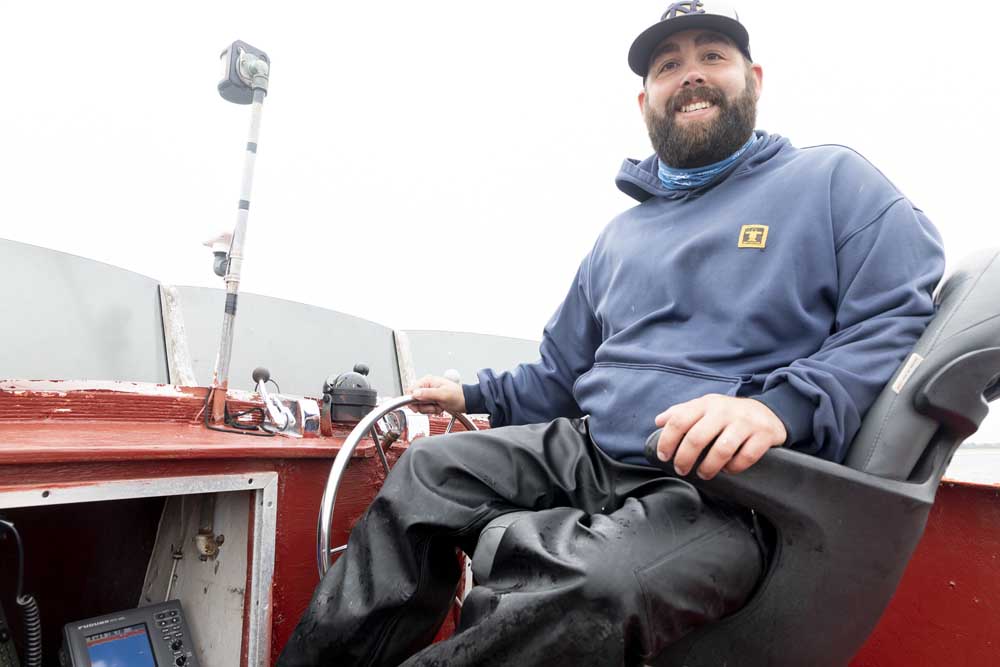Ocean salmon season OK to start June 19
Published 10:45 am Friday, April 16, 2021

- “It was a great opening day,” said Coho Charters skipper AJ Smith, who returned to port with customers limited on Chinook on June 20, 2020, the first day of last year’s recreational ocean salmon season.
PORTLAND — The Pacific Fishery Management Council has adopted ocean salmon season recommendations for 2021.
Trending
“The seasons provide recreational and commercial opportunities for most of the Pacific Coast and achieve conservation goals for the numerous salmon stocks on the West Coast,” council staff said in an April 16 press release.
The recommendations will be forwarded to the National Marine Fisheries Service for approval by May 16.
“There will be some restrictive commercial and recreational seasons this year along much of the coast,” said Council Chair Marc Gorelnik. “Forecasts for some Chinook and coho stocks are quite low, which made our job more challenging this year.”
Trending
The council heard reports from commercial, recreational, and tribal representatives on the challenges caused by the covid-19 pandemic, as well as ways the council could provide meaningful fishing opportunities and economic support for coastal communities.
Washington and Northern Oregon
Fisheries north of Cape Falcon (in northern Oregon) are limited by the need to constrain catch of Lower Columbia River natural tule Chinook and specific Washington coast coho salmon stocks. Three Washington coho stocks are either overfished (Queets River, Strait of Juan de Fuca) or are rebuilding (Snohomish), which was a concern when structuring fishing seasons.
North of Cape Falcon, the overall non-Indian total allowable catch is 58,000 Chinook coastwide (compared to 54,000 last year) and 75,000 marked hatchery coho (compared to 28,500 last year).
Commercial fisheries
Non-Indian ocean commercial fisheries north of Cape Falcon include traditional seasons in the spring (May-June) for Chinook and in the summer (July-September) for Chinook and coho. These fisheries will have a 30,750 Chinook quota (compared to 27,640 last year), and a marked coho quota of 5,000 (compared to 2,000 last year).
Recreational fisheries
The recreational fishery north of Cape Falcon opens with an all-salmon-except-coho fishery on June 19, then transitions to an all-species fishery in late June or early July, depending on the subarea. Days open per week, size, and bag limits also vary among subareas. The fishery will continue until Sept. 15, or whenever Chinook or coho quotas are reached.
Recreational fisheries in this area will have access to a 27,250 Chinook quota (compared to 26,360 last year), and a marked coho quota of 70,000 (compared to 26,500 last year).
Southern Resident Killer Whales
The council is working with NMFS to understand the effects of council-area fisheries on Southern Resident killer whales, which are listed as endangered.
Based in part on information provided by the council’s ad-hoc Southern Resident Killer Whale Workgroup, NMFS provided guidance on the structure of the 2021 salmon fisheries to address the needs of the whales while providing salmon harvest opportunities.
Chinook abundance is well above the level that would require additional fishery restrictions.









